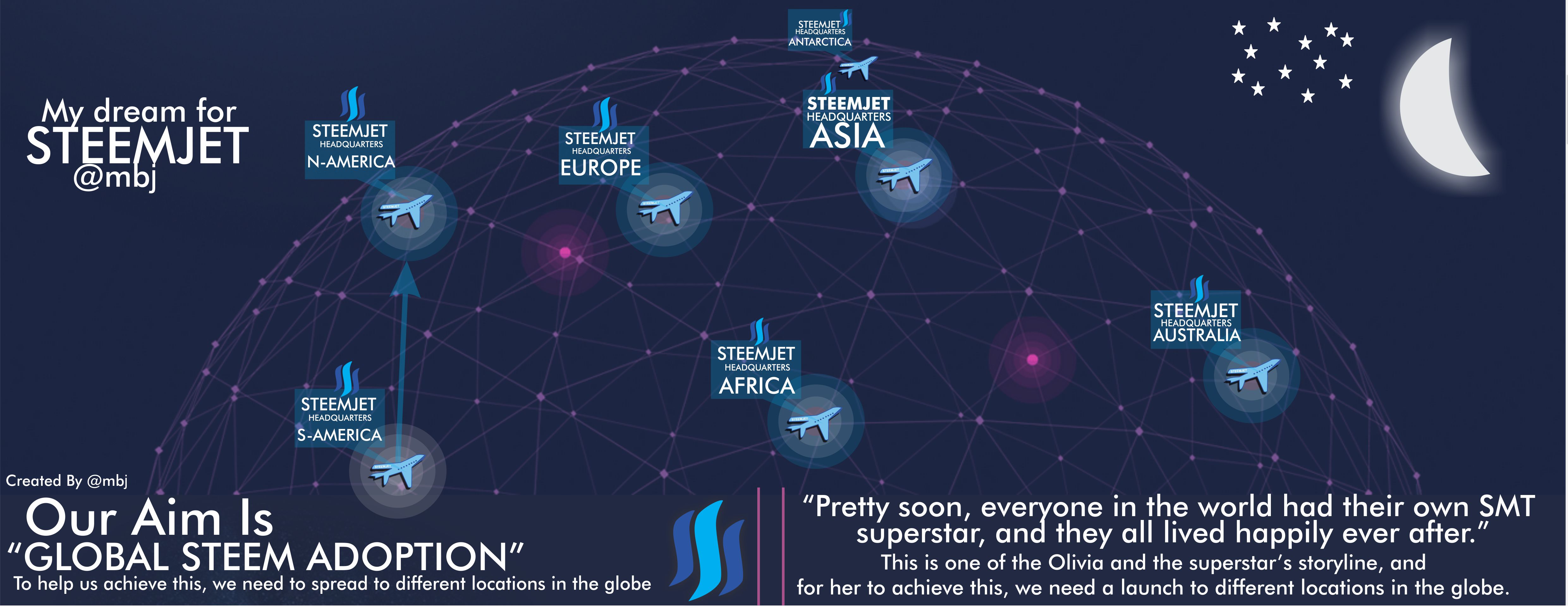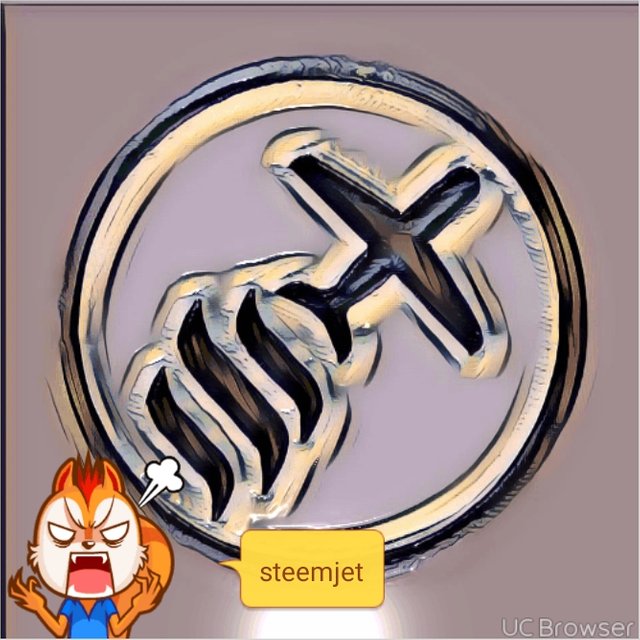Mass adoption of blockchain technology is a problem that all current cryptocurrencies face at the moment. It is scalability which needs to be tackled and the race is on to see which cryptocurrency will get there first. When the idea of a global cryptocurrency was born, Satoshi’s vision was to have a currency that could be adopted by the masses at scale. Yes, Bitcoin’s vision was to become a viable option that could challenge the current swift and credit card transaction speeds. Anyone that has bought Bitcoin, will know that in its current state, it is slow, really slow. An average transaction takes 30–40 minutes to clear.
As of February 2018, the Bitcoin blockchain could handle 3–7 (transactions per second) tps, while the corresponding figure for Ethereum blockchain was 12–30 tps. When we compare this with Visa or MasterCard, it’s obvious that Bitcoin and Ethereum aren’t processing transactions fast enough to be considered as viable alternatives for day-to-day transactions. Visa can on average process 2,500 to 5,000 tps, and this can be scaled up to 60,000 tps during busy times too. There are several ways in which blockchain and cryptocurrency developers are trying to improve transaction speed in the blockchain, and sharding is one such method [1].
Document source
It must be mentioned, however, that not all blockchains need to scale. Bitcoin can happily exist as a “store of wealth” without needing massive scalability. Banks successfully keep gold in their vaults as a physical store of wealth without the need for rapid access and high throughput, and Bitcoin can perform the same role for digital wealth [2].
So why is sharding being explored as a potential solution for mass adoption and scalability in the crypto/blockchain landscape? To break this down, a shard is essentially a horizontal portion in a database. When we break things down, even transactions, behind them is usually a database that has all of the information that needs to be processed, verified and recorded. At scale this takes time, and usually the bigger the database (or blockchain), the longer it takes. It is the reason why transactions can take a long time to clear. There is a backlog of transactions that need to be processed and with every ‘node’ added to a blockchain, all the historical data needs to be processed and then when the blockchain has synchronized, you can begin to add updated data to it. Long-term this is not feasible as you cannot have large databases on thousands of machines that will ever grow without suffering a slowing down in speed.
As mentioned above, a shard is essentially a horizontal portion in a database. Each shard is held on a separate database server instance, to spread the load. Some data within a database remains present in all shards, but some appears only in a single shard. Each shard (or server) acts as the single source for this subset of data. There are numerous advantages to the horizontal partitioning approach. Since the tables are divided and distributed into multiple servers, the total number of rows in each table in each database is reduced. This reduces index size, which generally improves search performance, or transaction speed in the case of cryptocurrencies [3].
Document source
There have been a few cryptocurrencies that have been experimenting with or will be adding sharding to their roadmap to test and verify the upscale of transaction speeds. The three most popular ones are Ethereum, Cardano and Zilliqa.
For Ethereum, the number of transactions has dramatically increased over the last several years, which has caused transaction fees to rise accordingly. The concept of sharding involves splitting the Ethereum blockchain into potentially myriad smaller sections that are able to process transactions in a parallel manner, thereby speeding up transaction throughput and capacity. A more recent update published by Buterin on the 29th of April outlines cross-linking as a solution to complement the implementation of the minimal sharding specification, speeding up shard collation. This solution is designed to link the Ethereum main chain with shard chains — shard chains process a given percentage of transactions in parallel to each other, then link together [4].
Cardano have also mentioned that they will be looking into sharding as a solution. They mention this as one of the reasons to use Cardano as a wide scale solution: “Similar techniques could be applied for network propagation and also sharding the blockchain itself into unique partitions. In our current roadmap, scaling methods will be applied to Ouroboros starting in 2018 and continue to be a focus in 2019 and 2020. [5]”
Zilliqa is way ahead in terms of sharding technology being implemented and tested. During their testnet, Zilliqa have reached speeds of 2,488 tps on their testnet. That consisted of 6 shards and over 3,600 nodes on their network. Very promising results indeed [6].
Based on its fundamentals, Zilliqa is better than Ethereum and Cardano. Take the issue of scalability for example. Ethereum has been struggling with scalability issues for a while now. While they are currently working on some scaling solutions such as Sharding, they are yet to implement. On this front, Zilliqa (ZIL) is way ahead. That’s because it already has a working product for its sharding scaling solution. Through network sharding, Zilliqa splits a network into small groups, which allows this blockchain to scale as the network grows. While Cardano too has a good scaling solution that works through the Ouroboros consensus algorithm, there is no working product yet. In essence, the fact that Zilliqa has a working product for its highly efficient scaling solution gives it a leg up over Ethereum and Cardano [7].
Zilliqa also compares more favorably on the aspects of security. In the past, Ethereum has had problems with complex smart contracts, whereby some instructions fail to execute. These are issues that are fully taken care of by Zilliqa through the Scilla programming language. Smart contracts written in Scilla avoid such issues because external calls in the code always happen at the very end of the program, and there is a fee to it. In essence, from a smart contract security point of view, Zilliqa is a better blockchain than Ethereum. But how does it compare to Cardano? Well, Cardano too is highly secure blockchain, and would rank well at the same level as Zilliqa in terms of smart contract security. The only difference is that Zilliqa has already been tested in the market, which makes it way more valuable to investors at the moment [7].
Document source
So that should give you a very basic overview of what sharding is and how its being used at the moment. Of course the technology behind it is very complex and is taking time to implement, test and roll out for adoption. We are a while away from scalability, with good research and testing, there should be good solutions that can be used and hopefully with sensible planning and buy-in, be used at scale.
This information should not be interpreted as an endorsement of cryptocurrencies or a recommendation to invest. Historic performance is no guarantee of future returns. As an investment class, cryptocurrencies are speculative investments and investing in cryptocurrencies involves significant risks — they are highly volatile, vulnerable to hacking and capital loss and sensitive to secondary activity. Before investing you should obtain advice and decide whether the potential return outweighs the risks.
Document source
NOTE: The full content can be found in the document source!!
If you find this useful, please resteem and let others learn!!
THANK YOU FOR VISIT MY BLOG TODAY!!
STEEMJET IS A DREAM COME TRUE AND WHEN WE LAND ON THE MOON, THE STARS WILL REJOICE FOR THE MISSION IS ACCOMPLISHED
Respect to @dimimp
https://steemit.com/@dimimp
https://steemjet.org/

============================================================================================================================================================
I AM STILL YOUR BOY @MBJ(SF1) HOD STEEMJET ARTS/ PHOTOGRAPHY DEPARTMENT _
LONG LIFE STEEMJET
ON THE WINGS OF SUPERSTARS, WE ARE WORDS AND STEEM!!!



An intelligent thought regarding current cryptocurrency issues and resolution. Very happy to enjoy your view, my friend.
Downvoting a post can decrease pending rewards and make it less visible. Common reasons:
Submit
Thanks @gentlebot!
Downvoting a post can decrease pending rewards and make it less visible. Common reasons:
Submit
Informative post about crypto.
thanks for it.
Downvoting a post can decrease pending rewards and make it less visible. Common reasons:
Submit
Yea... very helpful to me .. i am learning a lit from it.
Downvoting a post can decrease pending rewards and make it less visible. Common reasons:
Submit
Congratulations for your new post
Downvoting a post can decrease pending rewards and make it less visible. Common reasons:
Submit
There have been a few cryptocurrencies that have been experimenting with or will be adding sharding to their roadmap to test and verify the upscale of transaction speeds. The three most popular ones are Ethereum, Cardano and Zilliqa.
Downvoting a post can decrease pending rewards and make it less visible. Common reasons:
Submit
Yes... you are right. But you are just repeating what is in the post.
Downvoting a post can decrease pending rewards and make it less visible. Common reasons:
Submit
Sorry for that but that's right!
Downvoting a post can decrease pending rewards and make it less visible. Common reasons:
Submit
Downvoting a post can decrease pending rewards and make it less visible. Common reasons:
Submit
Okay dear next time i will try thanks @mbj for suggestions
Downvoting a post can decrease pending rewards and make it less visible. Common reasons:
Submit
Blockchain is great Perfect. ..upvoted
Downvoting a post can decrease pending rewards and make it less visible. Common reasons:
Submit
@mbj I thought that sharding can easily solve the promblem of blockchain mass adoption.
Downvoting a post can decrease pending rewards and make it less visible. Common reasons:
Submit
Downvoting a post can decrease pending rewards and make it less visible. Common reasons:
Submit
Beautiful morning to you, brother @mbj. The adoption of block-chain won't be quite easy.
From your lines here,
Such would be difficult to be accomplished. People are still having some crazy doubt about it. And as such it really a hindrance. It's just like a stone blocking a passage.
That's what doubtfulness does to the growth of a particular crypto. But, we how have adopted it has a major role to play in pushing it to a new level.
Downvoting a post can decrease pending rewards and make it less visible. Common reasons:
Submit
helpful & informative post.
learn new things from your article.
Downvoting a post can decrease pending rewards and make it less visible. Common reasons:
Submit
Crytocurrencies are the future…
Downvoting a post can decrease pending rewards and make it less visible. Common reasons:
Submit
Thank for sharing this post@mbj sir..
Downvoting a post can decrease pending rewards and make it less visible. Common reasons:
Submit
Thank for you and most welcome to sir.
Give me a upvote done sir@mjb.... best of luck..
Downvoting a post can decrease pending rewards and make it less visible. Common reasons:
Submit
That's a awesome project...

Downvoting a post can decrease pending rewards and make it less visible. Common reasons:
Submit
As a follower of @followforupvotes this post has been randomly selected and upvoted! Enjoy your upvote and have a great day!
Downvoting a post can decrease pending rewards and make it less visible. Common reasons:
Submit